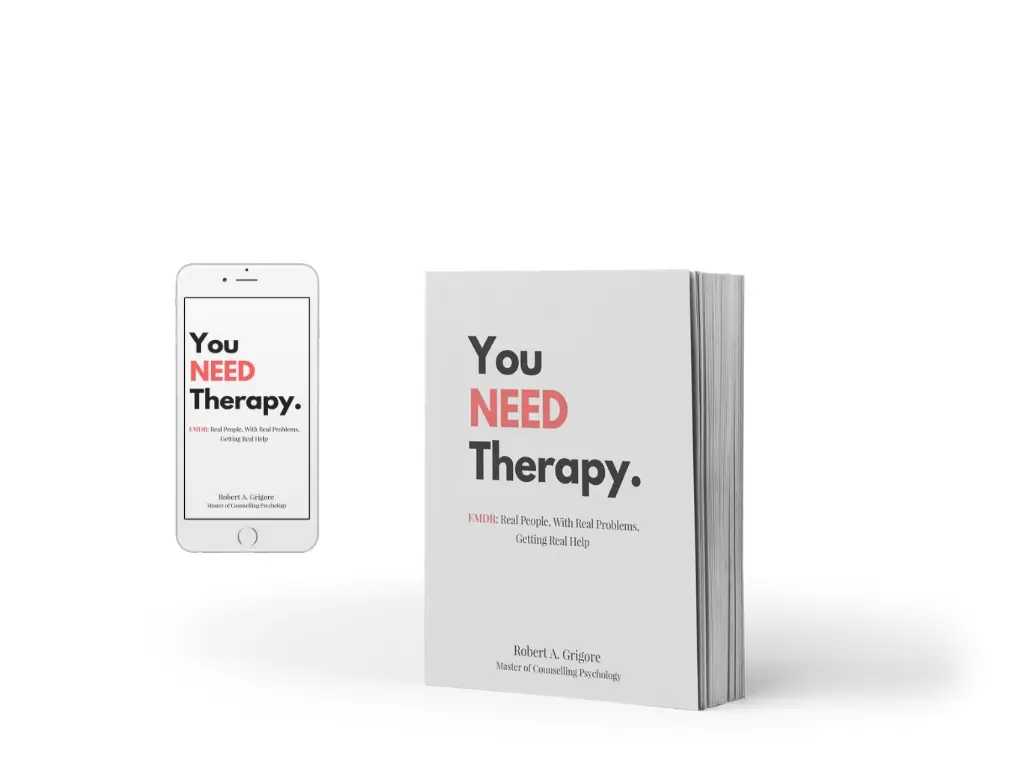Starting therapy can feel a bit daunting. You might wonder if you’ll need to talk about childhood, cry, or even feel judged. If you’ve chosen Cognitive Behavioural Therapy (CBT), it helps to know exactly what to expect in your first CBT session. We know it, so this guide walks you through what really happens, how the first session feels, and how CBT begins to work. That way, you walk in feeling as supported as ready!
The basics of CBT:
Before diving in, it’s helpful to understand the basics.
Cognitive Behavioural Therapy (CBT) is a short-to-medium-term, evidence-based therapy focused on how your thoughts, feelings, and behaviours are connected. Instead of just talking about your past, CBT helps you solve present-day problems with practical tools.
If you’re looking for structured help with anxiety, depression, OCD, insomnia, or stress-related struggles, CBT is one of the most researched and effective options available.
What to Expect in Your First CBT Session
Let’s break it down step by step.
1. Warm welcome and consent process
Your therapist will begin with a warm introduction. You’ll go over:
- Confidentiality and its limits
- What CBT therapy involves
- Goals for the session
- Any intake forms (if not already completed)
This isn’t a rushed conversation. It’s a space for you to ask questions.
2. What brought you to therapy?
Next, your therapist will ask open-ended questions about why you came in.
You might talk about:
- Trouble sleeping or constant worry
- Negative thoughts you can’t shake
- Panic attacks or social anxiety
- Feeling stuck or down
- A specific situation like a breakup, job loss, or health issue
The goal is not to “fix” anything yet, but to understand your experience and identify key patterns.
3. Learning how CBT works
Your therapist will explain the CBT model, how thoughts affect feelings and actions. For example:
“If I think I’m going to fail this presentation, I feel anxious, so I avoid preparing. Then it goes badly, and the belief is reinforced.”
This framework helps you see how your mind works. You’ll start learning that thoughts aren’t facts, and that changing your thinking can shift how you feel and behave.
4. Beginning to identify patterns
In the first session, your therapist might already begin identifying unhelpful thought or behaviour loops. You may start discussing:
- Automatic thoughts (e.g. “I’m not good enough”)
- Cognitive distortions (e.g. catastrophizing, mind-reading)
- Avoidance patterns (e.g. procrastination, over-controlling)
This is done gently, collaboratively. And without judgment.
5. Discussing goals and treatment plan
CBT is structured. Most therapists will help you set clear, realistic goals.
For example:
- “Reduce panic attacks from weekly to monthly”
- “Sleep through the night without rumination”
- “Handle criticism without spiraling into self-doubt”
These goals help shape your treatment plan. CBT is usually 8–20 sessions, depending on the issue.
6. Home practice: what to expect
Unlike traditional talk therapy, CBT often includes homework, not as a burden, but as a tool for growth.
In your first session, your therapist may suggest:
- Tracking thoughts
- Practising a calming technique
- Observing a specific situation before next session
The goal is not perfection. It’s practice.
7. How you might feel after
Most people leave their first CBT session feeling:
- Relieved: “I’m not alone in this”
- Curious: “I never thought about it like that”
- Hopeful: “This could actually help me”
Some may also feel tired or emotionally stirred. That’s normal. Change starts with awareness, and even that can feel like hard work at first.
How to Prepare for Your First CBT Session
- Reflect on what’s bothering you and what’s getting in the way of living fully
- Write down a few key examples or situations that are on your mind
- Stay open-minded. You don’t need to have all the answers, just a willingness to explore
- Know that discomfort is OK. Growth often starts there!
Getting Started with CBT with us
If you’ve been struggling with anxiety for years or just noticed your mood slipping, CBT helps you move forward. Our experienced clinicians offer CBT both in-person and online across BC, Alberta, and the Northwest Territories.
We tailor therapy to your needs. Book a CBT session today
FAQs: CBT Therapy
Is CBT right for me if I’ve had therapy before?
Yes. CBT is structured and goal-oriented. Even if you’ve done talk therapy in the past, CBT gives you new tools and perspectives.
Do I have to do homework every week?
Not necessarily. Home practice is encouraged, but your therapist will adjust based on your pace and capacity.
Can CBT help with trauma?
Yes, especially when combined with other approaches like EMDR therapy. CBT can help reduce symptoms of PTSD, though it may not address trauma processing as deeply as EMDR.











